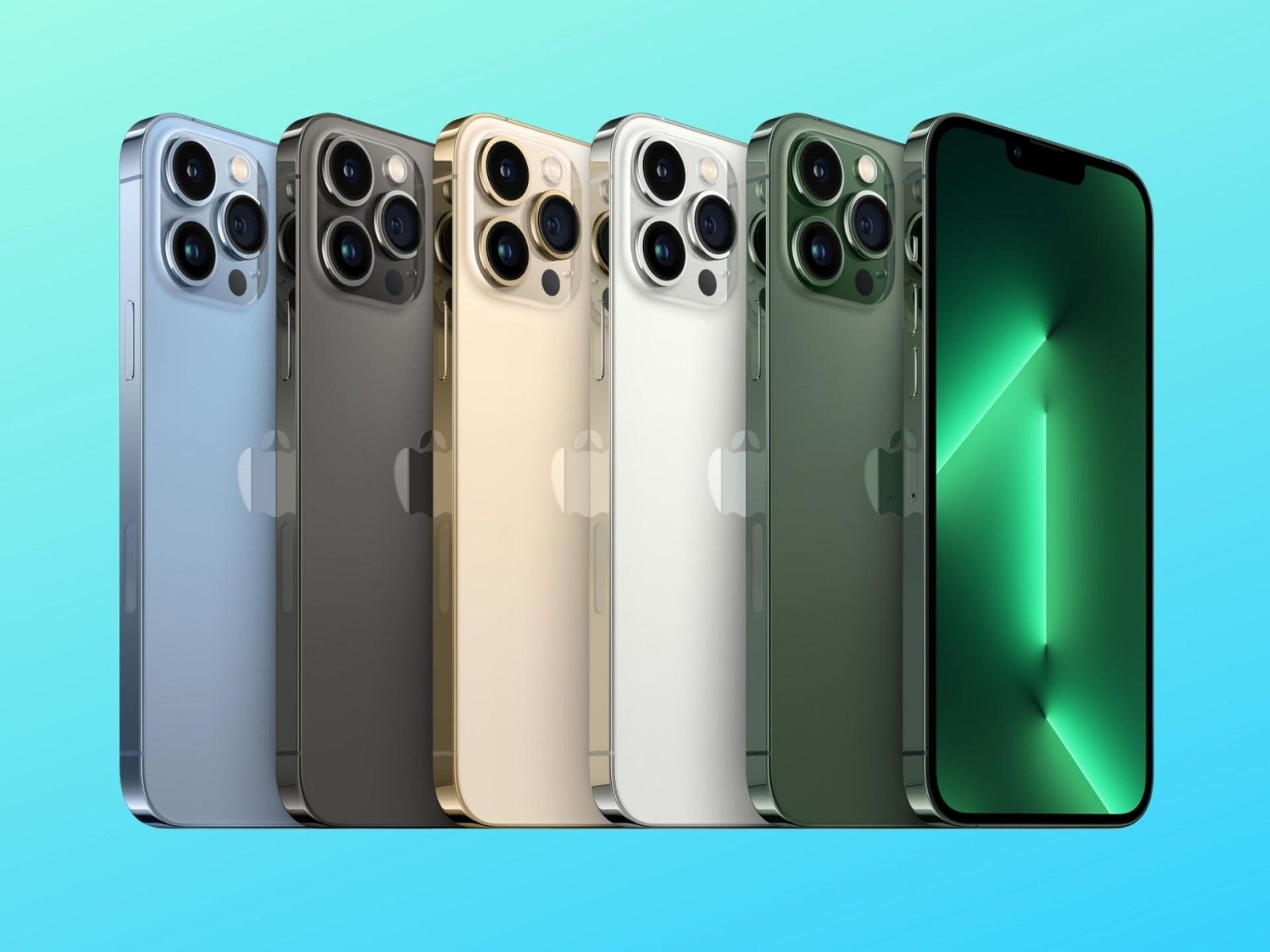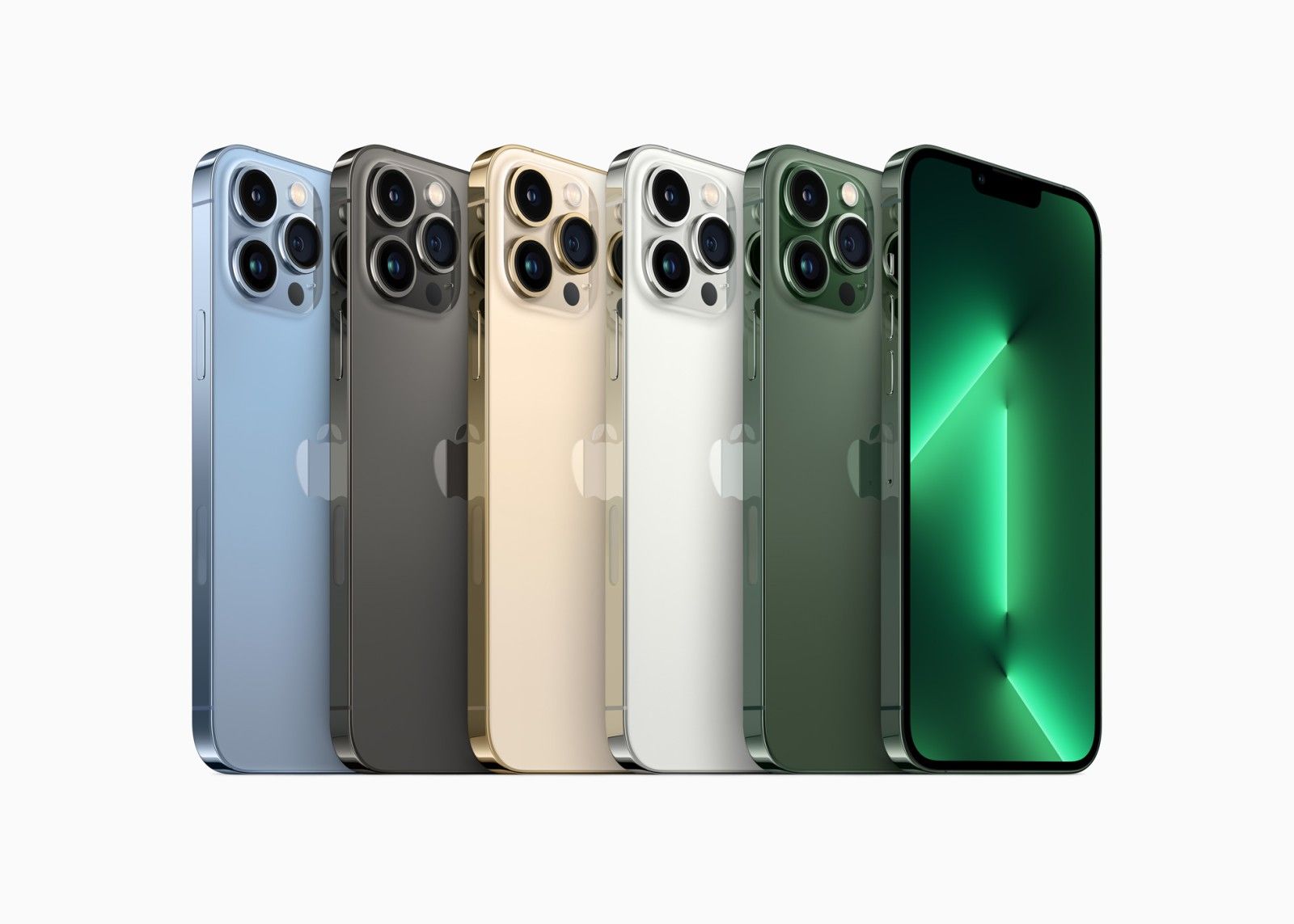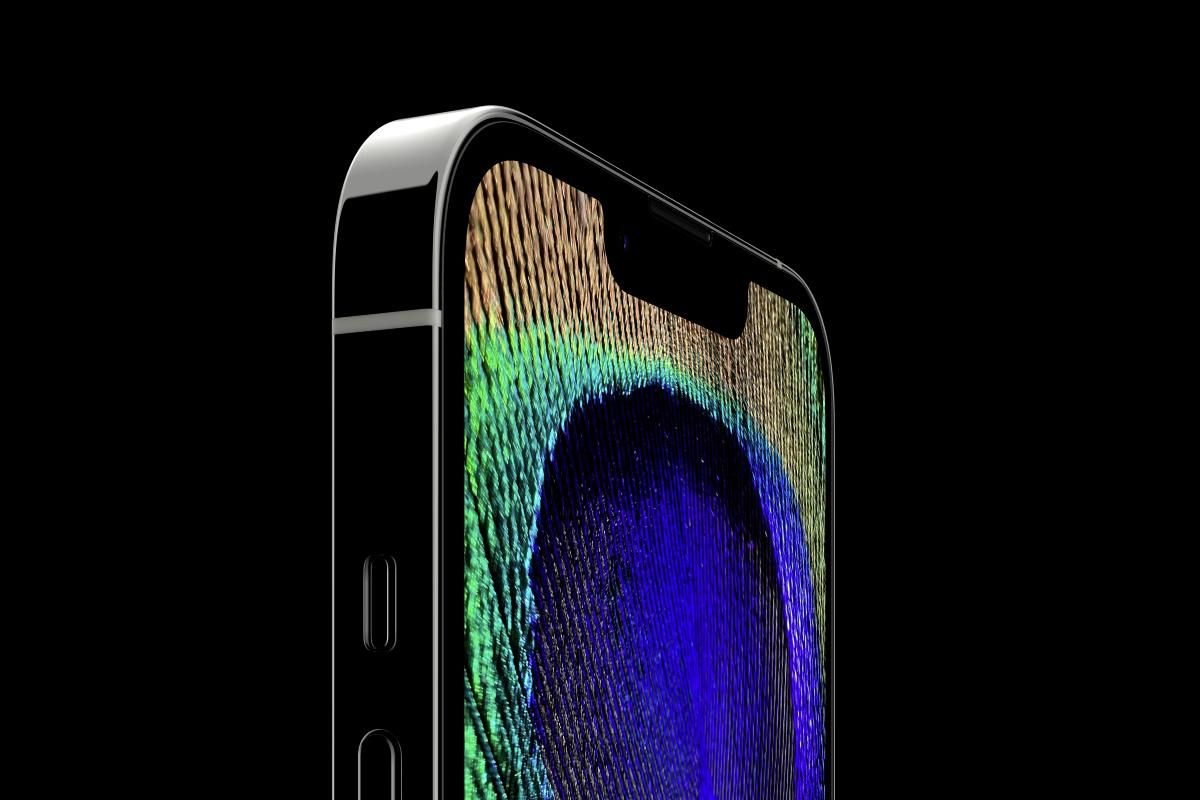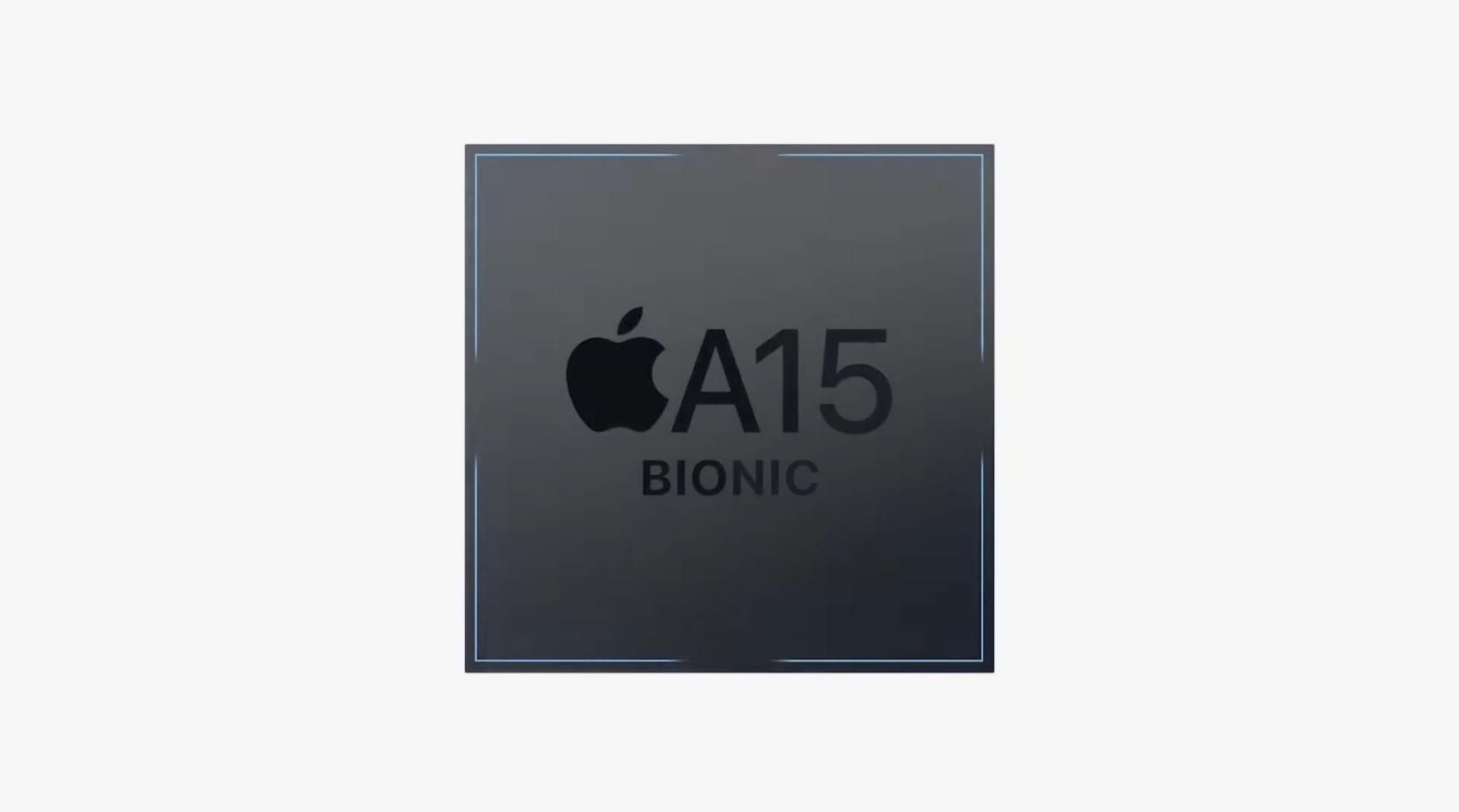Apple’s California Streaming Keynote on 14th September oversaw the release of new hardware across a variety of categories from the Cupertino-based OEM. We’re now used to seeing yearly updates to the iPhone lineup, and this year’s models use the iPhone 13 moniker to distinguish them from the rest. But the focus of this piece is on the iPhone 13 Pro and everything you need to know about it, especially if you’re an interested buyer.
Please Note: Alongside the iPhone 13 Pro, Apple also unveiled a larger iPhone 13 Pro Max, the standard iPhone 13, and the small form factor iPhone 13 Mini. To learn more about them, click or tap on the colored product names above.
Pricing and Availability
iPhone 13 Pro models will be available for pre-orders from 17th September, with in-store availability and deliveries happening a week later, from the 24th. It starts at $999 for the 128GB variant and is now available in a new 1TB option. The various pricing tiers are visible in the table below.
One thing you should keep in mind is that if you intend to make the most of Apple’s ProRes recording feature, you will need a model with a minimum of 256GB of storage, as the 128GB unit is limited to record 1080p footage at 30 frames per second. The other models can achieve 4K quality at 30 frames per second.
|
Storage |
Price |
|
128GB |
$999 |
|
256GB |
$1,099 |
|
512GB |
$1,299 |
|
1TB |
$1,499 |
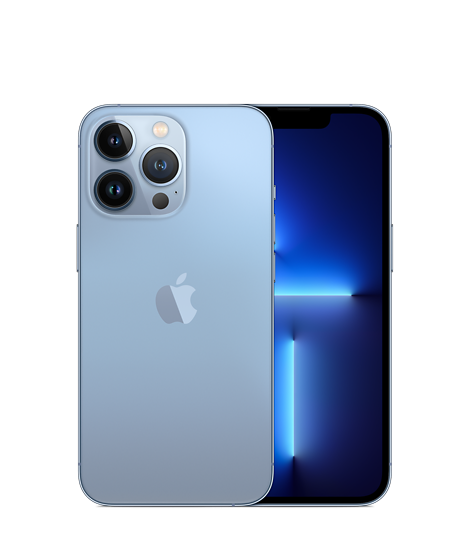
Apple iPhone 13 Pro
iPhone 13 Pro packs Apple's best processor and camera hardware in its Stainless Steel chassis to provide buyers with the most robust iPhone experience yet.
Colors
Source: Apple
iPhone 13 Pro is available for purchase in five four matte colorways. The standard, Black, Silver, and Gold variants are joined by Sierra Blue and Alpine Green. The former replaces the darker Pacific Blue from last year's 12 Pro lineup, whereas the Alpine Green, introduced at Apple's Peek Performance Event as a mid-cycle update, is reminiscent of the Midnight Green on iPhone 11 Pro Series. The frame still uses surgical-grade Stainless Steel, which holds a shade that compliments the matte glass back of the device with a contrasting shade.
Specifications
The front of the iPhone 13 Pro features an improved 6.1-inch Super Retina XDR Display whose OLED panel can now actively refresh between 10 and 120Hz with the help of Apple’s ProMotion Technology. It has a screen resolution of 2532-by-1170, similar to the iPhone 12 Pro, but there is a slight difference in the screen-to-body ratio because of its smaller notch, whose size Apple says is reduced by 20 percent.
What does this mean for you? Well, it’s just more space to see those status symbols along the top side of your iPhone.
But bringing your focus to that tinnier indent, housed inside it is a 12MP front camera responsible for “Slofies,” if that’s still a thing. While on the opposite side is a triple camera setup which consists of a new array with larger sensors used for the 12MP Wide, 12MP Ultrawide, and 12MP Telephoto lens.
Last year’s 12 Pro Max featured a slightly different primary Wide lens with Sensor-Shift Stabilization. A type of OIS where, instead of allowing the lens to have some freedom to move, the entire sensor can shift to counter any shaking while capturing images or videos.
And handling all of the processing on this year’s hardware is the A15 Bionic coupled with 128GB of storage for the entry iPhone 13 Pro. As mentioned earlier, this can go up to 1TB if more local storage is your thing. On iPhone 13 Pro, the chipset features 5-core GPU, one more than on the standard 13. Apple has said the base A15 is 30 percent faster than its competition and that the chipset consolidates 50 percent better processing speed over the same.
As for battery capacity, while Apple hasn’t given us any raw numbers, and we will have to wait for teardowns from iFixit to confirm the exact details, the OEM does claim an hour and a half more of usage than last year.
Specification |
Apple iPhone 13 Pro |
Build |
|
Dimensions & Weight |
|
Display |
|
SoC |
Apple A15 SoC
|
Memory & Storage |
Memory: 6GB
Storage: 128GB, 256GB, 512GB, 1TB |
Battery & Charging |
|
Security |
Face ID (TrueDepth camera for facial recognition) |
Rear Camera(s) |
|
Front Camera(s) |
12MP, f/2.2 |
Port(s) |
Lightning Port |
Audio |
Audio formats supported: AAC‑LC, HE‑AAC, HE‑AAC v2, Protected AAC, MP3, Linear PCM, Apple Lossless, FLAC, Dolby Digital (AC‑3), Dolby Digital Plus (E‑AC‑3), Dolby Atmos, and Audible (formats 2, 3, 4, Audible Enhanced Audio, AAX, and AAX+) |
Connectivity |
|
Software |
iOS 15 |
Other Features |
|
FAQ
Will the iPhone 13 Pro have Touch ID?
As apparent from the information provided at the California Streaming Event, the iPhone 13 Pro does not feature a Touch ID sensor. It instead showcases a smaller notch for Face ID hardware.
Will the iPhone 13 Pro have a 120Hz Display?
Yes, the iPhone 13 Pro has a 120Hz Display. It features the Super Retina XDR panel that uses Apple’s ProMotion technology — first introduced on iPad Pro. It allows the device to actively control its refresh rate based on content displayed on the screen, changing between 10 to 120Hz.
Will the iPhone 13 Pro have USB-C?
Unfortunately, the answer to this question is No. The iPhone 13 Pro features Apple’s proprietary Lightning port, which we believe isn’t going anywhere for a bit. The advantages and large-scale compatibility afforded by USB-C will have to wait a little longer.
Will the iPhone 13 Pro have an M1 Chip?
For its processing needs, the iPhone 13 Pro features the A15 Bionic processor, which it couples with an unknown amount of RAM. Last year’s iPhone 12 Pro shipped with 6GB, and it wouldn’t be wrong to presume Apple will provide the same quantity with this new generation too. Thus, it does not feature the M1 Chip, which Apple ships with its MacBook Air, 13-inch MacBook Pro, and iPad Pro 11-inch and 12.9-inch models. The heat generated by a chipset of its caliber is quite possibly a primary reason behind its exclusion.
Is the iPhone 13 Pro waterproof?
Since iPhone 7 (including it), every phone from Apple has featured an IP rating. With the 12 Pro, Apple provided users an IP68 rating that could withstand a maximum depth of 6 meters for up to 30 minutes in a body of water. iPhone 13 Pro features a similar IP68 rating, which will ensure water resistance. Keep in mind, while manufacturers do state their devices have water-resistant capabilities, they do not cover any form of water damage under standard warranty plans. So ensure you’re not exposing your device to extreme conditions.
Will iPhone 13 Pro have MagSafe?
Yes, iPhone 13 Pro does feature support for Apple’s MagSafe standard and its compatible accessories.
Does iPhone 13 Pro come with a charger?
Unfortunately, the iPhone 13 Pro does not ship with a charger within its box. This decision has been customary with any iPhone manufactured after September 2020. To use wired fast charging, you will need to purchase the 20W USB-C Adapter, sold separately. This accessory is also required to ensure you can utilize the 15W wireless charging speed provided by the MagSafe Wireless Charging Pad.
Is the iPhone 13 Pro portless?
No, iPhone 13 Pro is not portless. It features Apple’s proprietary Lightning port along its bottom edge. Although, some rumors do indicate the answer to this question may be different for a future iPhone.
Is the iPhone 13 Pro Dual SIM?
Yes, every iPhone launched since iPhone XR, and the XS Series has featured some form of Dual SIM capability. Devices sold in regions except for China feature a single SIM slot and an eSIM. Those sold in the Chinese region feature a SIM tray and hardware that can house and use two physical SIMs.
Is the iPhone 13 Pro 5G Compatible?
Yes, the iPhone 13 Pro is 5G compatible. Previous year’s iPhone 12 Pro had this as one of its main selling points. But like last year, only iPhone 13 Pro models sold in the United States can connect to mmWave networks, while the rest are still limited to sub-6Ghz.
What 5G bands does the iPhone 13 Pro support?
The iPhone 13 Pro features support for the following 5G network bands.
Sub-6Ghz 5G Bands: n1, n2, n3, n5, n7, n8, n12, n20, n25, n28, n29, n30, n38, n40, n41, n48, n66, n71, n77, n78, n79.
mmWave 5G Bands: n258, n260, n261.
It features four additional 5G bands, three in the sub-6Ghz spectrum and one in the mmWave 5G-based frequencies.
What carriers does the iPhone 13 Pro work on?
The iPhone 13 Pro’s wide network band compatibility will ensure that it works on every major carrier in the United States and around the world. International travelers should not face any issues with using their devices outside their home country. For our US-based readers, to name a few, the iPhone 13 Pro will be compatible with heavyweights Verizon, AT&T, and T-Mobile.
Will there be a foldable iPhone 13 Pro?
While we can confirm we will not have a foldable iPhone 13 Pro. The rumor mill has often referred to Apple as working on a foldable device. TF International Securities analyst Ming-Chi Kuo has even predicted Apple to launch a foldable device in 2023. Also, while you’re here, make sure to read our Editor-in-Chief’s article on why he thinks Apple’s foldable aspirations (if they have any) might be in trouble if they don’t jump into the foldable market soon.
Will iPhone 13 Pro have a notch?
Yes, the iPhone 13 Pro does feature a notch. But this year, Apple has been able to reduce its size with a claimed figure of 20 percent.
Is the iPhone 13 Pro Bezel-less or does it offer a smaller notch?
No, the iPhone 13 Pro is not bezel-less, and Yes, it does offer a smaller notch than previously released iPhones.
Does the iPhone 13 Pro come with AirPods?
No, the iPhone 13 Pro does not come with AirPods within its retail packaging. You will have to purchase them separately. Also, if you aren’t aware, as part of its “environmental push,” Apple stopped shipping its wired counterpart, the EarPods, within retail packages for iPhones since September 2020.
Will the iPhone 13 Pro have a Home Button?
No, the iPhone 13 Pro does not feature a Home Button. But if you’re a fan of its functionality, you can activate Assistive Touch within the Accessibility Menu of your iPhone.
Is there an iPhone 13 Pro Mini?
For those interested in smaller phones, unfortunately, there is no iPhone 13 Pro Mini. Because of this, the standard iPhone 13 Mini, is the only small option. To learn more about it, check out its everything you need to know page on Pocketnow.
What are the storage options for iPhone 13 Pro?
iPhone 13 Pro is available in four storage variants, starting with the 128GB base at $999, going up to 1TB. The 256GB version will cost $1099, the 512GB charges $1299, and finally $1499 for the 1TB model.
How many cameras does the iPhone 13 Pro have?
The iPhone 13 Pro features a total of four usable cameras. On the front is a 12MP sensor, while on the rear is a triple-camera array which consists of a 12MP Wide sensor, a 12MP Ultra-wide sensor, and a 12MP Telephoto. The primary Wide sensor also features the Sensor Shift Stabilization hardware introduced on last year’s 12 Pro Max.
Does the iPhone 13 Pro take astrophotography photos?
No, the iPhone 13 Pro does not take astrophotography shots. But Apple does not leave its customers interested in nighttime photography in the lurch as the iOS Camera app does allow users to capture long exposure shots. Effectively, placing their iPhone on a stable surface — preferably one provided by a tripod — and allowing it to grab as much light as possible for the snap. Currently, this feature is limited to 30 seconds.
Does the iPhone 13 Pro work with Qi Wireless Charging?
Yes, the iPhone 13 Pro does work with Qi Wireless Charging. It can charge at a maximum of 7.5W while using certified accessories.
Does the iPhone 13 Pro support Satellite Communication?
No, the iPhone 13 Pro does not support satellite communication. Due to rumors by analysts before the California Streaming Event, there was an expectation that this year’s iPhone lineup would have the ability to make calls via Low Earth Orbit (LEO) Satellites. Unfortunately, there was no mention of this capability.
Does the iPhone 13 Pro support WiFi 6E?
No, iPhone 13 Pro does not support the WiFi 6E standard and will remain on WiFi 6, like last year’s iPhone 12 Pro.
Does the iPhone 13 Pro record in 8K?
No, iPhone 13 Pro does not record in 8K. Its ISP is limited to 4K footage at 60 frames per second. Although, it now has a new camera mode which will allow for focus racking and recording of ProRes footage. The Dolby Vision HDR recording is also still a key selling point for interested creators.
Does the iPhone 13 Pro record in 90FPS?
No, the iPhone 13 Pro does not record 90 frames per second. Apple allows its users to record footage at a maximum of 4K quality at 60 frames per second. Although for those who capture slow-motion footage, you can increase the frame count to 120 or 240 frames per second.
What is the charging speed of the iPhone 13 Pro?
The iPhone 13 Pro ships with a Lightning to USB-C Cable; this works with Apple’s 20W Adapter to achieve fast charging speeds that promise 50 percent battery in 30 minutes. Unfortunately, Apple does not put an exact number on the input it allows its devices to accept. But when using MagSafe wireless chargers, the 13 Pro is capable of 15W charging (7.5W with Qi-certified units).

